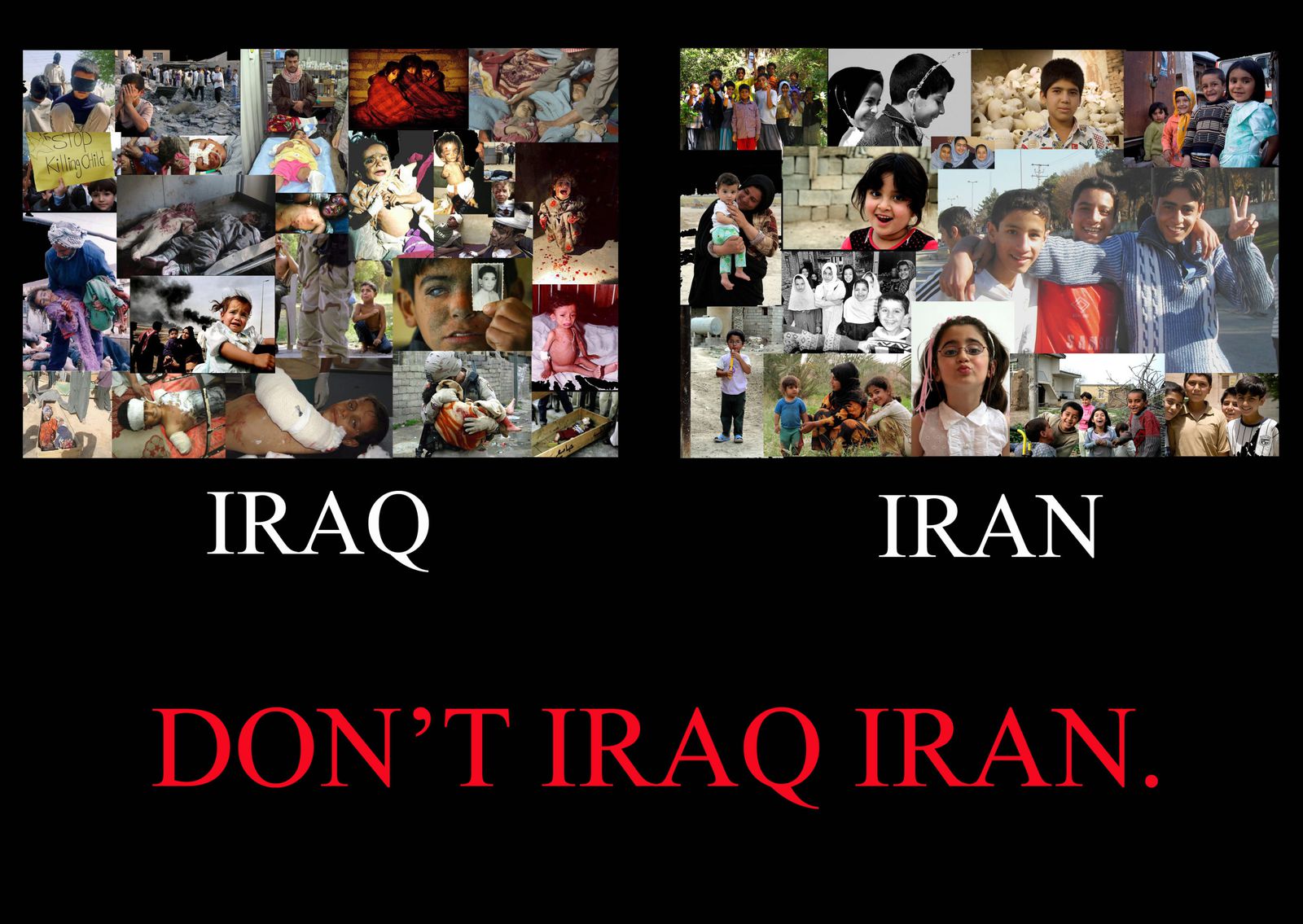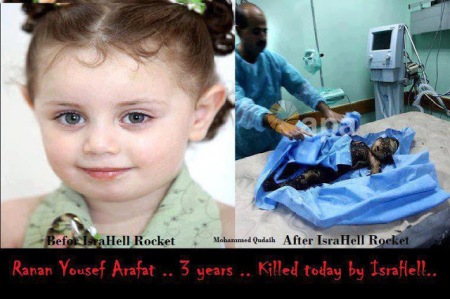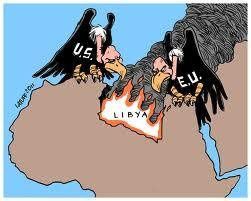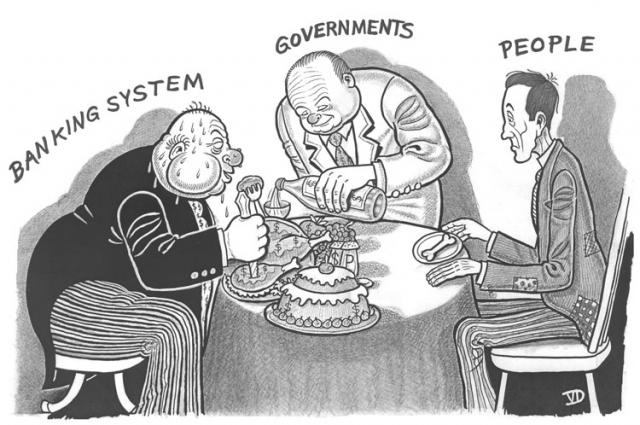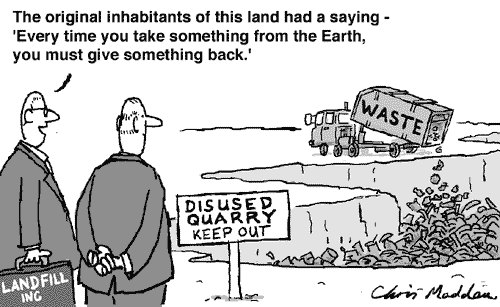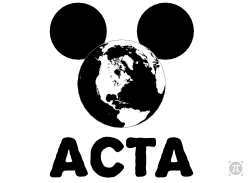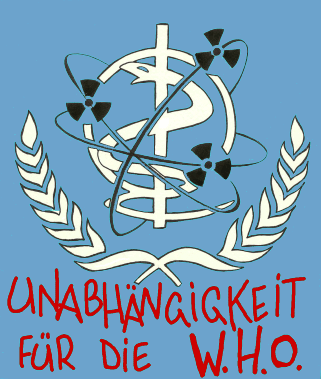Internationalnews
April 13 2011
Global Research, April 12, 2011 |
U.S.-Japan security treaty fatally delayed nuclear workers' fight against meltdown by Yoichi Shimatsu |
Confused and often conflicting reports out of Fukushima 1 nuclear plant cannot be solely the result of tsunami-caused breakdowns, bungling or miscommunication. Inexplicable delays and half-baked explanations from Tokyo Electric Power Company (TEPCO) and the Ministry of Economy, Trade and Industry (METI) seem to be driven by some unspoken factor.
The smoke and mirrors at Fukushima 1 seem to obscure a steady purpose, an iron will and a grim task unknown to outsiders. The most logical explanation: The nuclear industry and government agencies are scrambling to prevent the discovery of atomic-bomb research facilities hidden inside Japan's civilian nuclear power plants.
A secret nuclear weapons program is a ghost in the machine, detectable only when the system of information control momentarily lapses or breaks down. A close look must be taken at the gap between the official account and unexpected events.
Conflicting Reports
TEPCO, Japan’s nuclear power operator, initially reported three reactors were operating at the time of the March 11 Tohoku earthquake and tsunami. Then a hydrogen explosion ripped Unit 3, run on plutonium-uranium mixed oxide (or MOX). Unit 6 immediately disappeared from the list of operational reactors, as highly lethal particles of plutonium billowed out of Unit 3. Plutonium is the stuff of smaller, more easily delivered warheads.
A fire ignited inside the damaged housing of the Unit 4 reactor, reportedly due to overheating of spent uranium fuel rods in a dry cooling pool. But the size of the fire indicates that this reactor was running hot for some purpose other than electricity generation. Its omission from the list of electricity-generating operations raises the question of whether Unit 4 was being used to enrich uranium, the first step of the process leading to extraction of weapons-grade fissionable material.
The bloom of irradiated seawater across the Pacific comprises another piece of the puzzle, because its underground source is untraceable (or, perhaps, unmentionable). The flooded labyrinth of pipes, where the bodies of two missing nuclear workers—never before disclosed to the press— were found, could well contain the answer to the mystery: a lab that none dare name.
Political Warfare
In reaction to Prime Minister Naoto Kan's demand for prompt reporting of problems, the pro-nuclear lobby has closed ranks, fencing off and freezing out the prime minister's office from vital information. A grand alliance of nuclear proponents now includes TEPCO, plant designer General Electric, METI, the former ruling Liberal Democratic Party and, by all signs, the White House.
Cabinet ministers in charge of communication and national emergencies recently lambasted METI head Banri Kaeda for acting as both nuclear promoter and regulator in charge of the now-muzzled Nuclear and Industrial Safety Commission. TEPCO struck back quickly, blaming the prime minister's helicopter fly-over for delaying venting of volatile gases and thereby causing a blast at Reactor 2. For "health reasons,” TEPCO 's president retreated to a hospital ward, cutting Kan's line of communication with the company and undermining his site visit to Fukushima 1.
Kan is furthered hampered by his feud with Democratic Party rival Ichiro Ozawa, the only potential ally with the clout to challenge the formidable pro-nuclear coalition
The head of the Liberal Democrats, which sponsored nuclear power under its nearly 54-year tenure, has just held confidential talks with U.S. Ambassador John Roos, while President Barack Obama was making statements in support of new nuclear plants across the U.S.
Cut Off From Communications
The substance of undisclosed talks between Tokyo and Washington can be surmised from disruptions to my recent phone calls to a Japanese journalist colleague. While inside the radioactive hot zone, his roaming number was disconnected, along with the mobiles of nuclear workers at Fukushima 1 who are denied phone access to the outside world. The service suspension is not due to design flaws. When helping to prepare the Tohoku crisis response plan in 1996, my effort was directed at ensuring that mobile base stations have back-up power with fast recharge.
A subsequent phone call when my colleague returned to Tokyo went dead when I mentioned "GE.” That incident occurred on the day that GE’s CEO Jeff Immelt landed in Tokyo with a pledge to rebuild the Fukushima 1 nuclear plant. Such apparent eavesdropping is only possible if national phone carrier NTT is cooperating with the signals-intercepts program of the U.S. National Security Agency (NSA).
The Manchurian Deal
The chain of events behind this vast fabrication goes back many decades.
During the Japanese militarist occupation of northeast China in the 1930s, the puppet state of Manchukuo was carved out as a fully modern economic powerhouse to support overpopulated Japan and its military machine. A high-ranking economic planner named Nobusuke Kishi worked closely with then commander of the occupying Kanto division, known to the Chinese as the Kwantung Army, General Hideki Tojo.
Close ties between the military and colonial economists led to stunning technological achievements, including the prototype of a bullet train (or Shinkansen) and inception of Japan's atomic bomb project in northern Korea. When Tojo became Japan's wartime prime minister, Kishi served as his minister of commerce and economy, planning for total war on a global scale.
After Japan's defeat in 1945, both Tojo and Kishi were found guilty as Class-A war criminals, but Kishi evaded the gallows for reasons unknown—probably his usefulness to a war-ravaged nation. The scrawny economist’s conception of a centrally managed economy provided the blueprint for MITI (Ministry of International Trade and Industry), the predecessor of METI, which created the economic miracle that transformed postwar Japan into an economic superpower.
After clawing his way into the good graces of Cold Warrior John Foster Dulles, Eisenhower's secretary of state, Kishi was elected prime minister in 1957. His protégé Yasuhiro Nakasone, the former naval officer and future prime minister, spearheaded Japan's campaign to become a nuclear power under the cover of the Atomic Energy Basic Law.
American Complicity
Kishi secretly negotiated a deal with the White House to permit the U.S. military to store atomic bombs in Okinawa and Atsugi naval air station outside Tokyo. (Marine corporal Lee Harvey Oswald served as a guard inside Atsugi's underground warhead armory.) In exchange, the U.S. gave the nod for Japan to pursue a "civilian" nuclear program.
Secret diplomacy was required due to the overwhelming sentiment of the Japanese public against nuclear power in the wake of the Hiroshima and Nagasaki atomic bombings. Two years ago, a text of the secret agreement was unearthed by Katsuya Okada, foreign minister in the cabinet of the first Democratic Party prime minister, Yukio Hatoyama (who served for nine months from 2009-10).
Many key details were missing from this document, which had been locked inside the Foreign Ministry archives. Retired veteran diplomat Kazuhiko Togo disclosed that the more sensitive matters were contained in brief side letters, some of which were kept in a mansion frequented by Kishi's half-brother, the late Prime Minister Eisaku Sato (who served from 1964-72). Those most important diplomatic notes, Togo added, were removed and subsequently disappeared.
These revelations were considered a major issue in Japan, yet were largely ignored by the Western media. With the Fukushima nuclear plant going up in smoke, the world is now paying the price of that journalistic neglect.
On his 1959 visit to Britain, Kishi was flown by military helicopter to the Bradwell nuclear plant in Essex. The following year, the first draft of the U.S.-Japan security was signed, despite massive peace protests in Tokyo. Within a couple of years, the British firm GEC built Japan's first nuclear reactor at Tokaimura, Ibaragi Prefecture. At the same time, just after the 1964 Tokyo Olympics, the newly unveiled Shinkansen train gliding past Mount Fuji provided the perfect rationale for nuclear-sourced electricity.
Kishi uttered the famous statement that "nuclear weapons are not expressly prohibited" under the postwar Constitution's Article 9 prohibiting war-making powers. His words were repeated two years ago by his grandson, then Prime Minister Shinzo Abe. The ongoing North Korea "crisis" served as a pretext for this third-generation progeny of the political elite to float the idea of a nuclear-armed Japan. Many Japanese journalists and intelligence experts assume the secret program has sufficiently advanced for rapid assembly of a warhead arsenal and that underground tests at sub-critical levels have been conducted with small plutonium pellets.
Sabotaging Alternative Energy
The cynical attitude of the nuclear lobby extends far into the future, strangling at birth the Japanese archipelago's only viable source of alternative energy—offshore wind power. Despite decades of research, Japan has only 5 percent of the wind energy production of China, an economy (for the moment, anyway) of comparable size. Mitsubishi Heavy Industries, a nuclear-power partner of Westinghouse, manufactures wind turbines but only for the export market.
The Siberian high-pressure zone ensures a strong and steady wind flow over northern Japan, but the region's utility companies have not taken advantage of this natural energy resource. The reason is that TEPCO, based in Tokyo and controlling the largest energy market, acts much as a shogun over the nine regional power companies and the national grid. Its deep pockets influence high bureaucrats, publishers and politicians like Tokyo Governor Shintaro Ishihara, while nuclear ambitions keep the defense contractors and generals on its side. Yet TEPCO is not quite the top dog. Its senior partner in this mega-enterprise is Kishi's brainchild, METI.
The national test site for offshore wind is unfortunately not located in windswept Hokkaido or Niigata, but farther to the southeast, in Chiba Prefecture. Findings from these tests to decide the fate of wind energy won't be released until 2015. The sponsor of that slow-moving trial project is TEPCO.
Death of Deterrence
Meanwhile in 2009, the International Atomic Energy Agency (IAEA) issued a muted warning on Japan's heightened drive for a nuclear bomb— and promptly did nothing. The White House has to turn a blind eye to the radiation streaming through American skies or risk exposure of a blatant double standard on nuclear proliferation by an ally. Besides, Washington's quiet approval for a Japanese bomb doesn't quite sit well with the memory of either Pearl Harbor or Hiroshima.
In and of itself, a nuclear deterrence capability would be neither objectionable nor illegal— in the unlikely event that the majority of Japanese voted in favor of a constitutional amendment to Article 9. Legalized possession would require safety inspections, strict controls and transparency of the sort that could have hastened the Fukushima emergency response. Covert weapons development, in contrast, is rife with problems. In the event of an emergency, like the one happening at this moment, secrecy must be enforced at all cost— even if it means countless more hibakusha, or nuclear victims.
Instead of enabling a regional deterrence system and a return to great-power status, the Manchurian deal planted the time bombs now spewing radiation around the world. The nihilism at the heart of this nuclear threat to humanity lies not inside Fukushima 1, but within the national security mindset. The specter of self-destruction can be ended only with the abrogation of the U.S.-Japan security treaty, the root cause of the secrecy that fatally delayed the nuclear workers' fight against meltdown.
Yoichi Shimatsu who is Editor-at-large with the 4th Media is a Hong Kong–based environmental writer. He is the former editor of the Japan Times Weekly. This article is first appeared in the New Am
Disclaimer: The views expressed in this article are the sole responsibility of the author and do not necessarily reflect those of IN. The contents of this article are of sole responsibility of the author(s). IN will not be responsible or liable for any inaccurate or incorrect statements contained in this article.
http://www.internationalnews.fr/article-secret-weapons-program-inside-fukushima-nuclear-plant-71616630.html








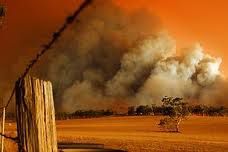
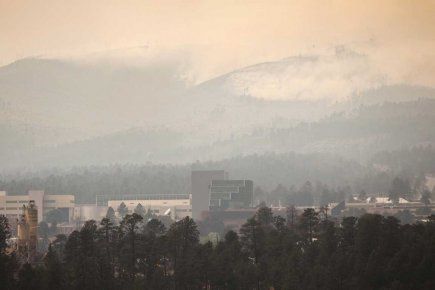

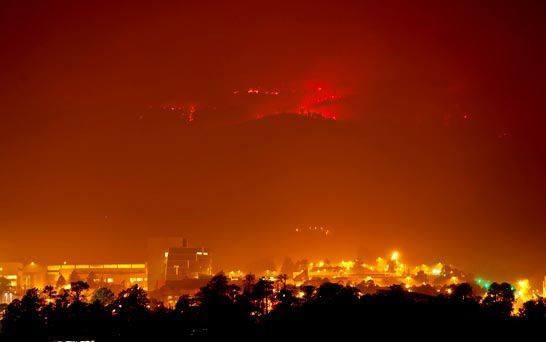


![Géopolitique : Union transatlantique, la grande menace, par Alain De Benoist [tribune libre] Géopolitique : Union transatlantique, la grande menace, par Alain De Benoist [tribune libre]](http://www.breizh-info.com/wp-content/uploads/2014/06/tafta.jpg)


